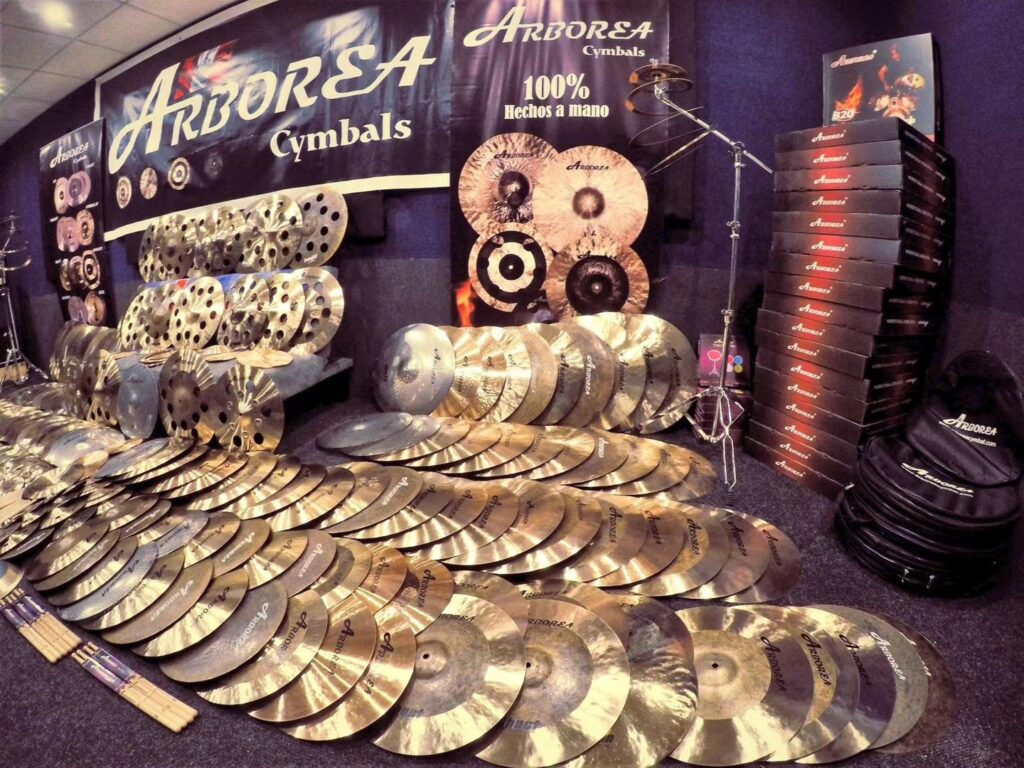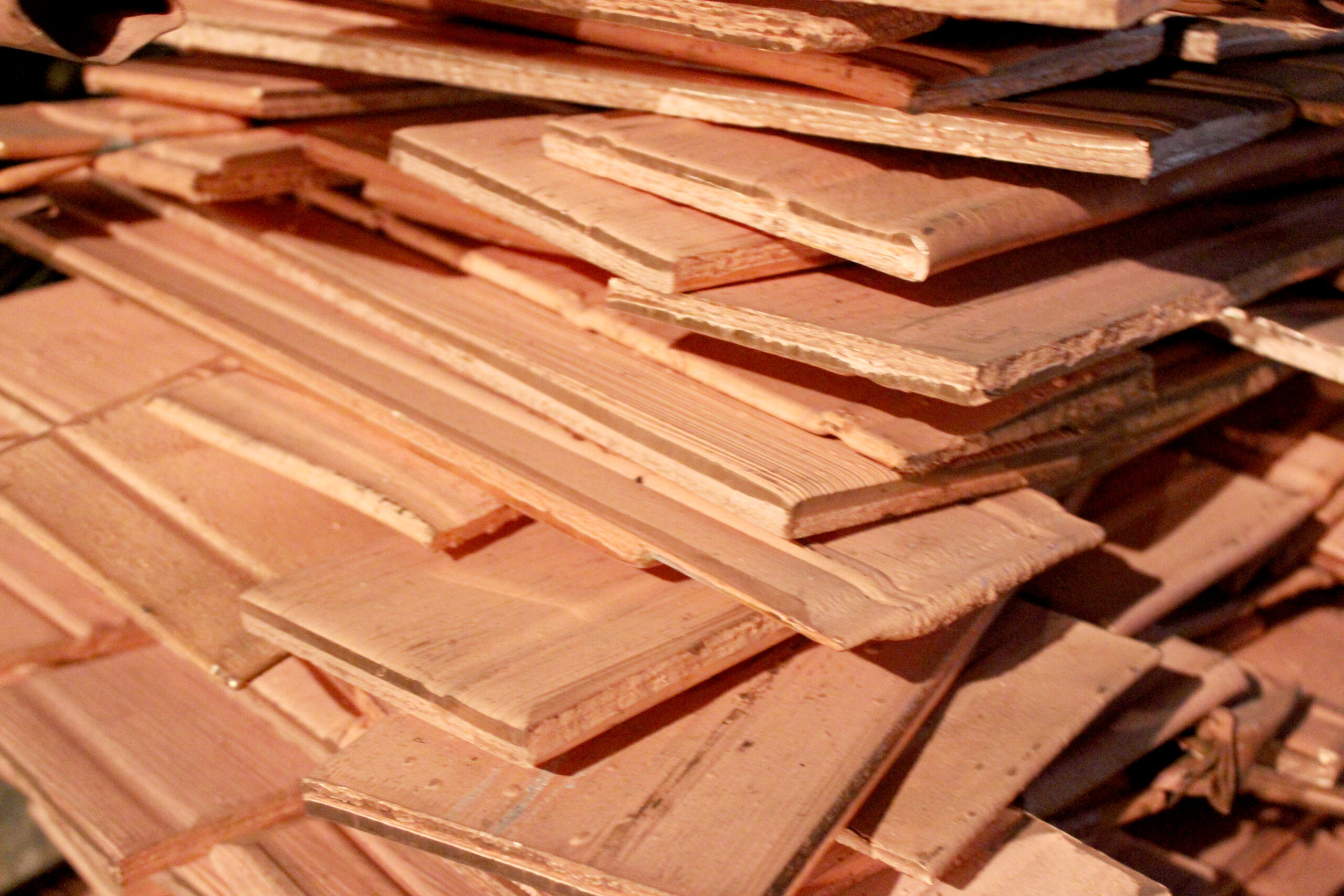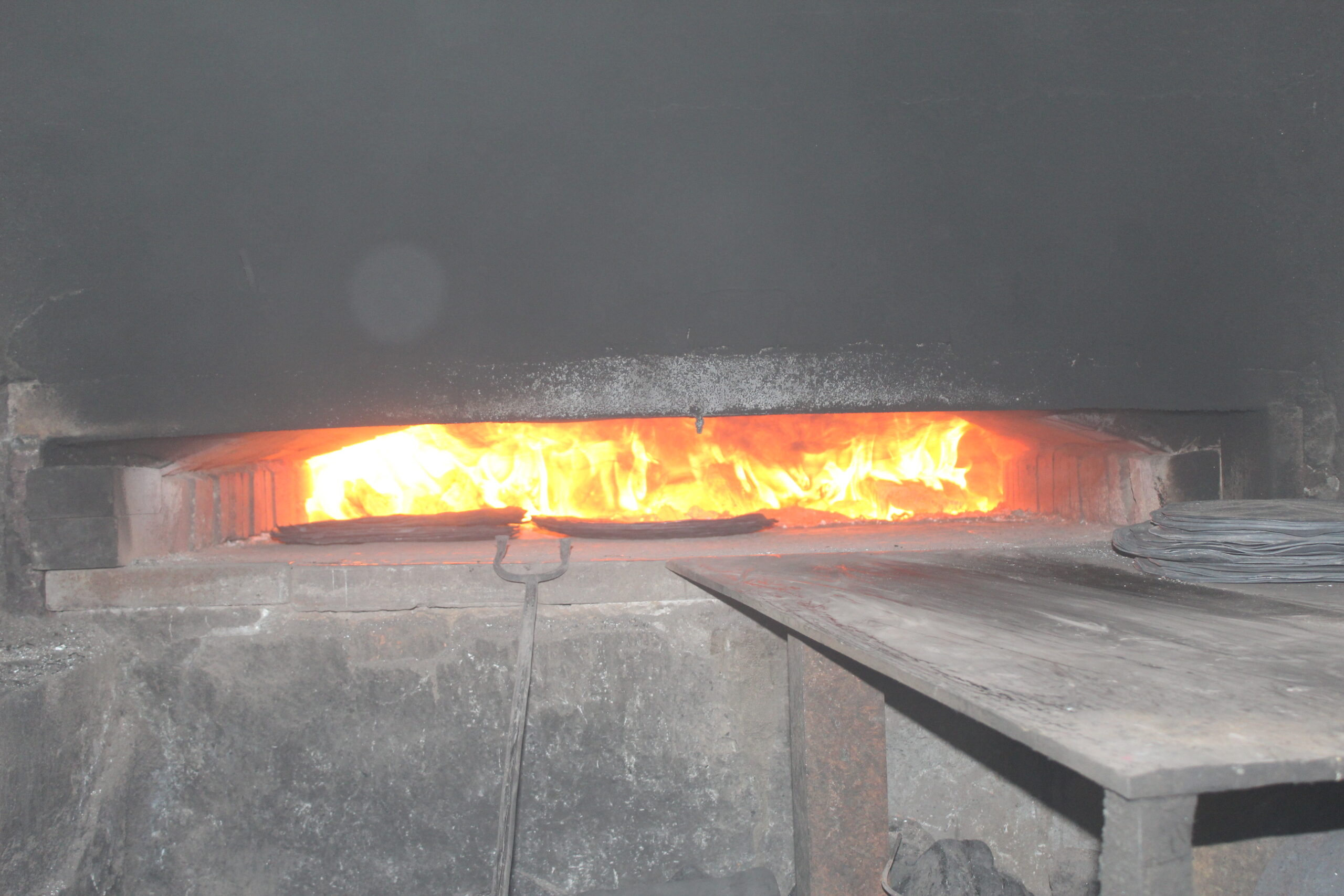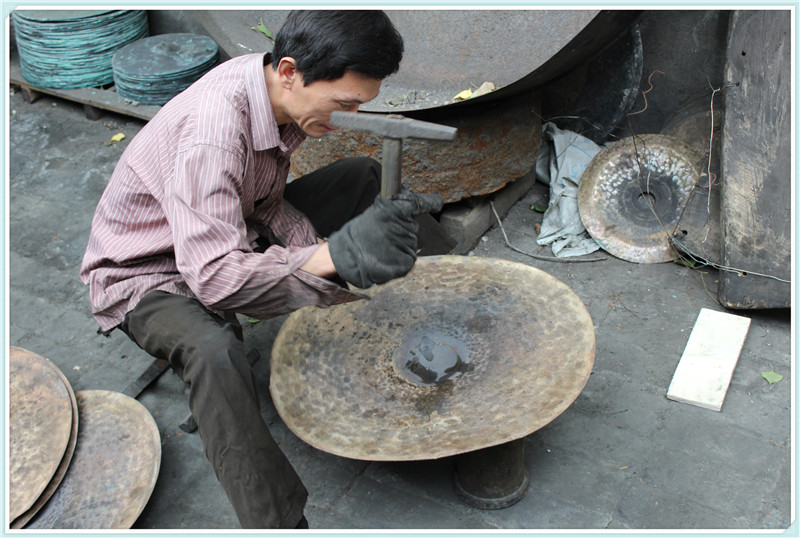Enhance your musical experience with our mobile Square Gong Stand with Wheel. Marrying practicality with elegance, this stand allows you to showcase and play your gong with the added convenience of mobility.
| Material | Steel |
|---|---|
| Color | Black |
| Surface | Painted |
| Diameter | 10 inch, 12 inch, 14 inch, 16 inch, 18 inch, 20 inch, 22 inch, 24 inch, 26 inch, 28 inch, 30 inch, 32 inch, 34 inch, 36 inch, 38 inch, 40 inch, 42 inch, 44 inch, 47 inch, 51 inch, 6 inch, 7 inch, 8 inch |
$75.00 – $146.00
Our Square Gong Stand with Wheel is a testament to our dedication to delivering high-quality, functional accessories that complement your musical journey. Each stand is meticulously crafted to provide stability, durability, and a polished aesthetic appeal, making it more than just an accessory—it’s a statement piece that supports your gong and augments your musical environment. Designed with musicians’ varied needs in mind, the Square Gong Stand with Wheel offers secure support for your gong while adding the practical benefit of mobility. Its sturdy structure and wheel feature allow you to move your gong with ease, providing an optimal platform for both static and dynamic performances. This stand is designed to accommodate various gong sizes, making it a versatile addition to your musical setup. In terms of aesthetics, our Square Gong Stand with Wheel exudes a minimalistic charm. Its geometric form, polished finish, and integrated wheels create a blend of modern and functional design. This delightful combination of traditional and contemporary elements makes the stand an appealing addition to any musical collection or décor ensemble. Recognizing the significance of personal touch, we offer customization options on our Square Gong Stand with Wheel. From special finishes to unique engravings, customers can add personal touches to their stand, transforming this practical accessory into a personalized piece of art. Investing in our Square Gong Stand with Wheel is about more than just acquiring a musical accessory. It’s about enhancing your musical experience, adding a touch of style and convenience to your setup, and investing in a piece of craftsmanship that can be enjoyed for years. Elevate your gong performance with our Square Gong Stand with Wheel, and let it stand as a symbol of your dedication to the art of gong playing.



Fanjia Vililage, Shuizhai Town, Zhangqiu City, Shandong, China





We will contact you within 1 working day, please pay attention to the email